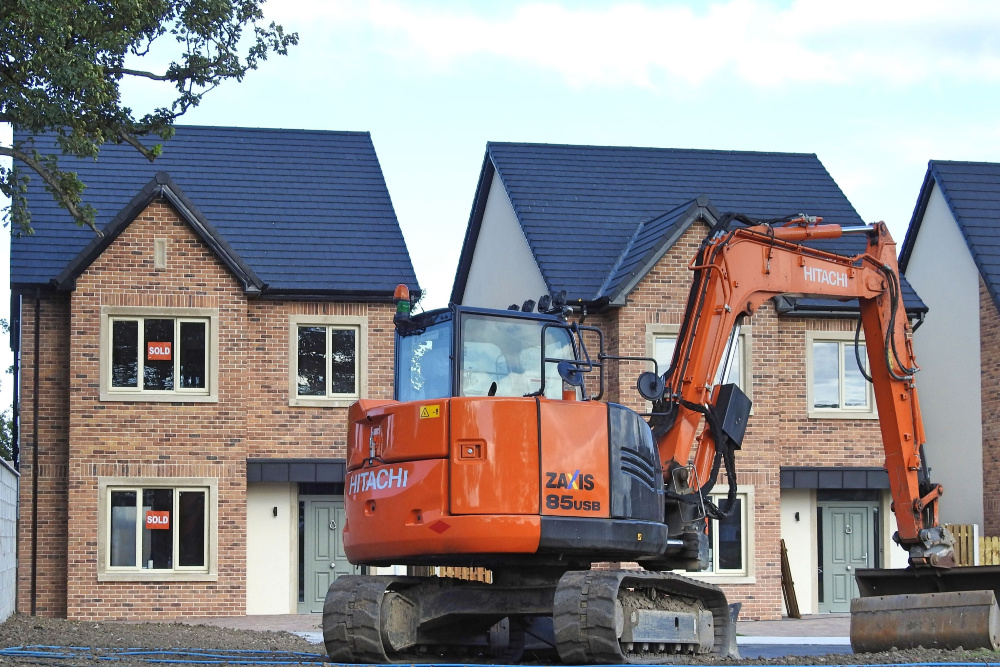Average rents have increased by over 85% in Ireland compared to EU average of 18% between 2010 and Q2 2022.
Resilient housing demand, driven by population growth and considerable pent-up demand, and exacerbated by the significant gap between average rent and mortgage payments means house price pressures are set to remain unless supply increases substantially.
That’s according to the latest Housing Market Monitor Q3 2022 from the Banking & Payments Federation Ireland (BPFI).
“Prices are rising faster in Ireland than in the EU average”
“With residential property price inflation having decelerated further in Q3 2022 we know that in the short term the fall in the purchasing power of households, caused by higher housing and general living costs as well as the future uncertainty in the wider economy, are likely to affect mortgage demand,” said BPFI CEO Brian Hayes.
“However, as our latest Monitor shows today, looking to the medium and longer term, the significant gap which now exists between average rents and mortgage payments coupled with significant latent demand are likely to balance any negative impact on demand for mortgage lending in the short term which will likely continue to impact house prices unless we see a substantial increase in supply.”
Rent more expensive than mortgages
For example, the average first time buyer monthly mortgage payment was just over €1,000 during the first half of 2021 compared with the average monthly rent of over €1,400 at the national level, with the gap being significantly higher in Dublin.”
According to the BPFI average rents have increased by more than 85% in Ireland compared to the EU average of 18% between 2010 and Q2 2022.
“Looking at housing costs in Ireland in a wider context, the recent increase in average residential property prices has not been specific to the Irish market,” Hayes said.
“We have seen significant price inflation globally and mainly in advanced economies, particularly since the start of the pandemic. However, we can see that prices are rising faster in Ireland than in the EU average. This is particularly stark in terms of rental prices with the latest Eurostat data showing that average rents have increased by over 85% in Ireland between 2010 and Q2 2022, the third highest increase in the EU, whereas the increase in average rents during the same period in the EU was 18%. In terms of house prices, the increase was nearly 50% in the EU during the same period with average prices increasing by over 55% in Ireland.”
To exacerbate matters, housing commencement activity is declining on an annual basis while population continues to rise.
“Commencement figures of new housing in the first nine months of 2022 were 5.4% higher than in the same period of 2019. However, we see that the commencement activity seems to be declining on an annual rolling basis after peaking at 35,000 units during the first quarter of 2022 to some 26,600 units in October 2022. Meanwhile, in terms of population growth, the latest Census figures from the CSO show that, between 2016 and 2022, the housing stock increased by over 120,000 whereas population growth during the same period was over 360,000. More significantly, between 2011 and 2022, the population in Ireland increased by over half a million people whereas housing output grew by only 130,000 units.
“While in the short-term mortgage demand may be impacted by the cost-of-living crisis and general economic uncertainly, this may well be offset by factors such as pent-up demand and high rental costs which will sustain home buying demand into the future resulting in price pressures, albeit at a lower level, unless supply increases substantially.”





